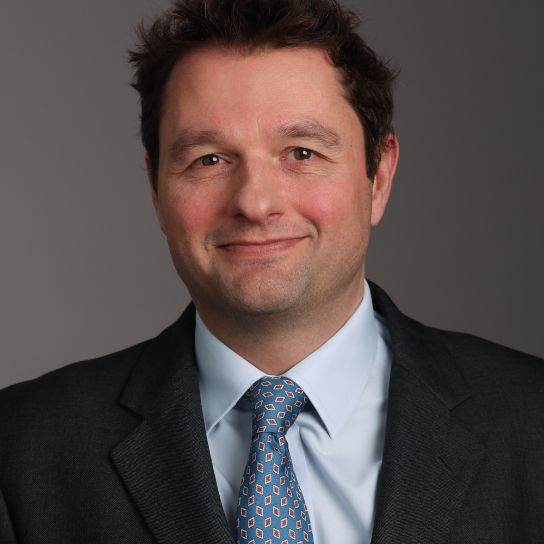Commercial impact
Yesterday's Supreme Court decision in Warner-Lambert v Mylan is disappointing news for patentees who may have made significant investment in R&D to develop new uses for known medicines. The full judgment and press release can be found here.
The Supreme Court recognised the value of such second (and further) medical uses and the importance of their patent protection so as to reward and incentivise the patentee. In spite of this, the Supreme Court:
- raised the standard of sufficiency of disclosure, with the result that existing Swiss-form claims may be more vulnerable to attack and future medical use claims may be more difficult to obtain; and
- limited the protective effect of Swiss-form claims.
Whilst its decision concerns Swiss-form claims, the Supreme Court recognised that although EPC 2000 claims (which have superseded Swiss-form claims) may be drafted differently, they give rise to similar difficulties as those discussed in the decision. As a consequence, yesterday's decision will have long-felt ramifications for patentees both in terms of litigation and prosecution strategy, as well as being influential in the courts of other jurisdictions.
Comment
The Supreme Court has adopted a higher standard for the assessment of the plausibility of Swiss-form claims than previously used. In doing so, the Supreme Court appears to increase the amount of information required to be disclosed in a patent's description as well as the specificity required in claims where there are sub-categories of related indications. This may narrow the window that innovative companies have to file patent applications in advance of clinical trials and may necessitate the need for additional dependent claims covering the separate, related indications rather than relying on a category claim. The decision was by a majority view (Lord Sumption, Lord Reed and Lord Briggs).
Although obiter, the Supreme Court prefers an approach to the infringement of Swiss-form claims (which are purpose-limited process claims) in which:
- the ability to assert indirect infringement ends at the manufacturer's gate; and
- an objective approach is taken to direct infringement by the sale of the product of the infringing process (under section 60(1)(c) of the Patents Act 1977). Under this objective approach, "skinny labels" carving out the patented indication will often be effective in avoiding infringement.
This approach to direct infringement appears to have taken its lead from the approach in Germany. However, as highlighted by Lord Briggs, the Supreme Court was not provided with any information about the particular features of the German system for prescribing and dispensing medicines or about the market conditions within which a fair balance has to be struck, all of which could have a significant impact on this balance. This would particularly be the case if, for instance, it was not possible to obtain reimbursement in Germany for the off-label prescription, but reimbursement was possible in the UK.
On the facts of the case before it, the Supreme Court held that the claims of Warner-Lambert's patent relating to neuropathic pain were invalid for insufficiency in their entirety, and that there would have been no infringement by Actavis had the claims been held to be valid.
Contacts
Disclaimer
The articles published on this website, current at the dates of publication set out above, are for reference purposes only. They do not constitute legal advice and should not be relied upon as such. Specific legal advice about your specific circumstances should always be sought separately before taking any action.

